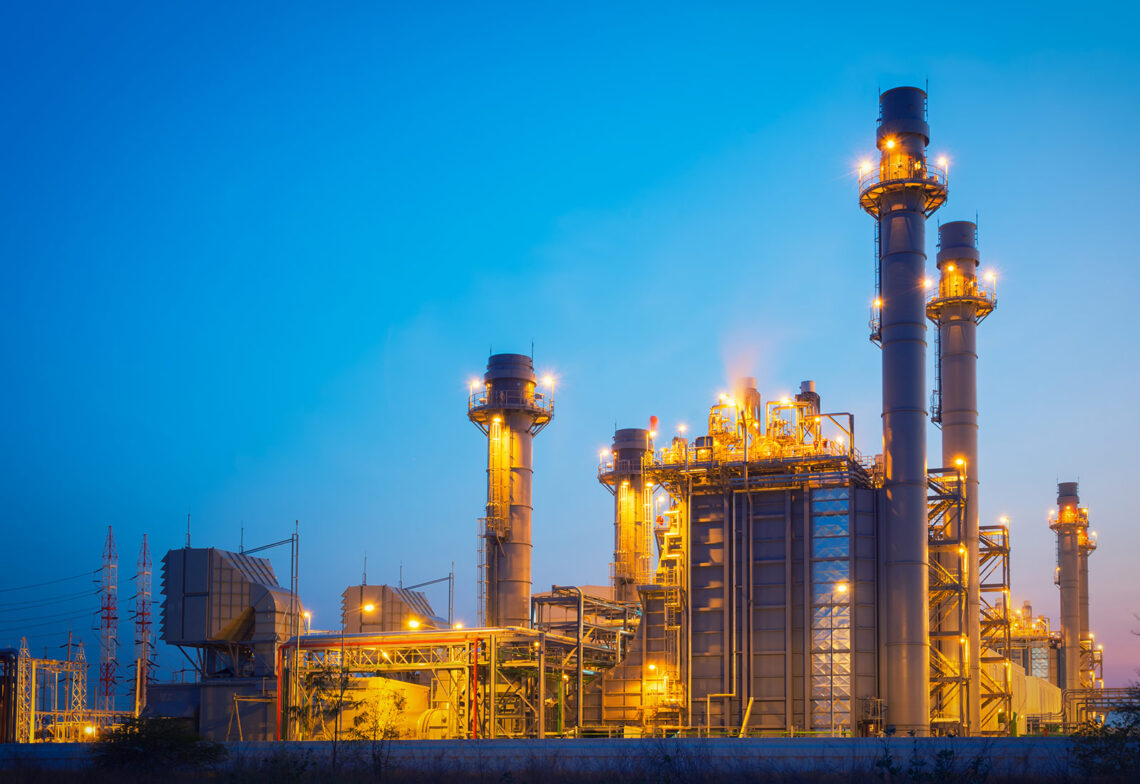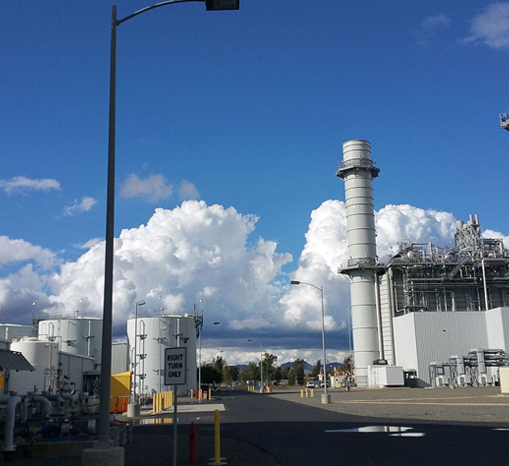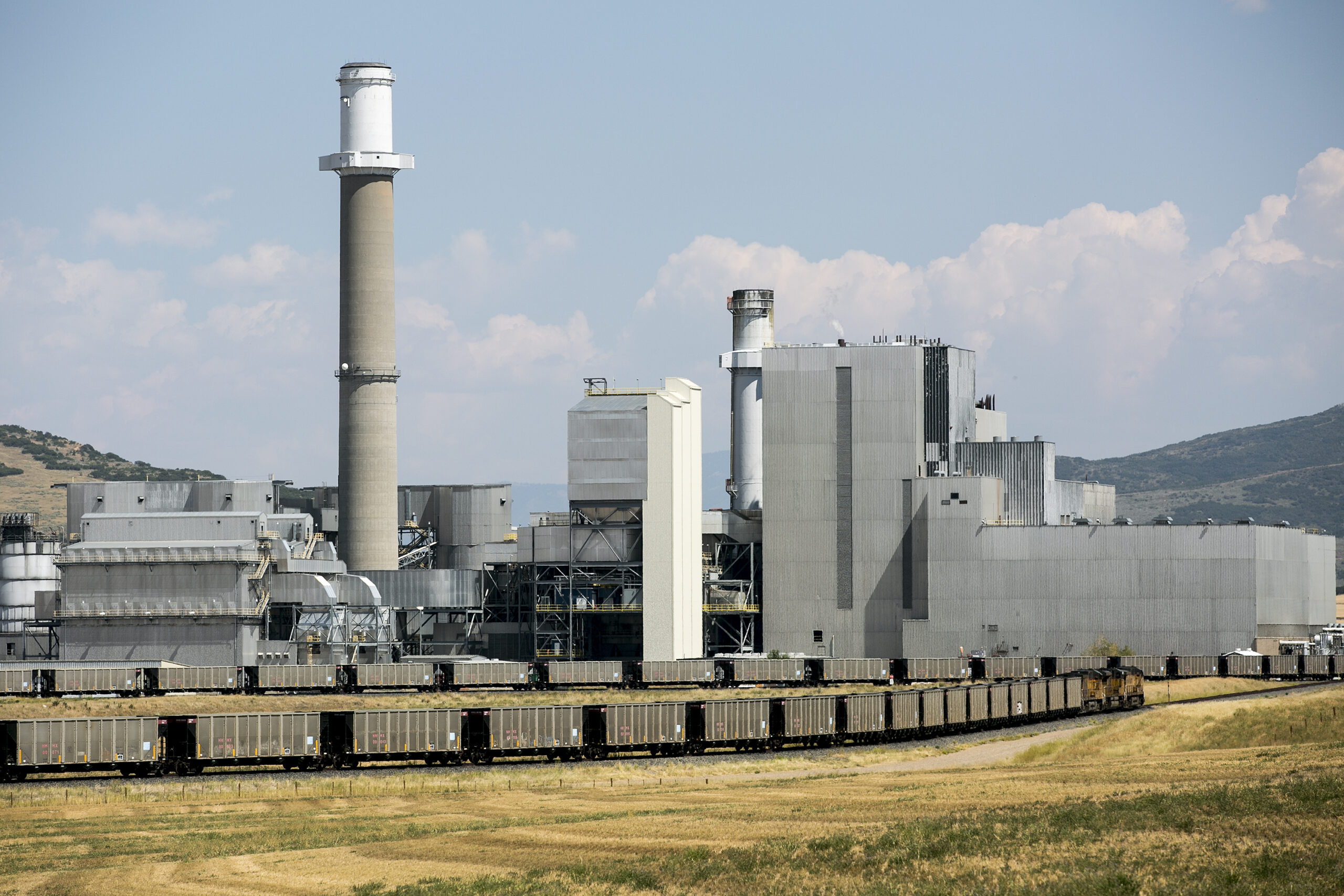First Class Design for Protection of the Environment

Removing Sulphur for Recovering and Converting Farm Methane Emissions into Clean Energy
Renewable Natural Gas Transforms Agriculture and the Environment and promotes renewable energy. Waste from large-animal farms is both a potent source of greenhouse gases and a source of pipeline-quality renewable natural gas.
By capturing bio-methane from this agricultural waste, we can reduce methane emissions, decrease production of fossil fuels, diversify income for farmers, and reduce air pollution.
Methane capture from farm waste is essential to our clean energy future. Utilizing renewable natural gas brings us closer to carbon neutrality with technology that is available today.
Methane capture benefits farmers and farming communities in many different ways. The bio-methane produced from on-site anaerobic digestion can be either a source of fuel for the farmer or an independent revenue stream if the bio-methane is sold to a third party. Also, a “fringe benefit” of manure digestion is that the digestion process that captures the waste methane also converts the nutrients in the waste to a more accessible form, creating a higher-quality fertilizer than unprocessed manure. In addition, other by-products of digested waste can be used on-site or sold as animal bedding and other products (see image below). And as a combo perk (environmental + farming), manure digesters also lower the pathogen risks to crops and animals and decrease run-off pollution to nearby waterways, which is good for everyone. Last but definitely not least, digested manure is largely odorless, which is a significant health and quality-of-life benefit for both large-scale animal farmers and their communities.
Non-regenerative Sulphur Adsorbents
The following table represents non-regenerative adsorbents.
| Adsorbent | Type | Applications | Shape | Benefits |
|---|---|---|---|---|
| SETR ADS700 | Activated Alimina | H2S and S02 Adsorbent | Spherical | SO2 conversation and H2S adsorbent |
| ADS SS-25 | Iron Hydroxide | H2S removal from wet gas (80% RH) | Extrudate Granule | High H2S capacity Low cost |
| ADS CS-12 | Cu/Zn | H2S/COS/Mercaptans/Arsine/PH3 from both liquid and gas | Table Extrudate | Mild Sulfur capacity Broad sulfur species |
| ADS ZS-60 | Zn/Mn | H2S removal from both liquid and gas | Extrudate | Mild Sulfur capacity |
| ADS T-90/95 | ZnO | H2S removal for High temperature gas | Extrudate | High H2S Capacity |
| ADS NS-75 | Nickle | H2S/COS/Mercaptans C0 and heavy sulfides | Extrudate | Mild Sulfur capacity Broad sulfur species |
| ADS LAS-20 | PbO | COS/Arsine/Sulfur/PH3 | Sphere | Mild Sulfur capacity Broad sulfur species |
| ADS ASR | CuO/AI203 | H2S/COS/Mercaptans/Arsine/PH3 from both liquid and gas | Sphere | Mild Sulfur capacity Low Density |

Sulphur is an organic element exists in the waste and gets released in form of H2S that needs to be captured. Since the amount of H2S is not significant therefore, H2S scavenger with Iron Oxide based adsorbent are the perfect solution to remove the H2S followed by dryer. RATE has OEM Manufacturing that produces different type of adsorbents for these application for renewable energy. Please refer to Product section for more details.
- Gas dehydration
- Purification of liquid and gaseous streams
- H2S removal from natural gas & biogas
- Sulphur, mercury, arsine, chlorides guard beds
- Sulphur Recovery Plants (Claus & Tail Gas)
- Hydrodesulphurization
- Hydrogenation, Dehydrogenation and Oxygenation
- Bed support and grading materials
- Sulfuric Acid
- VOC Control
- Steam Reforming & HTS Catalysts

